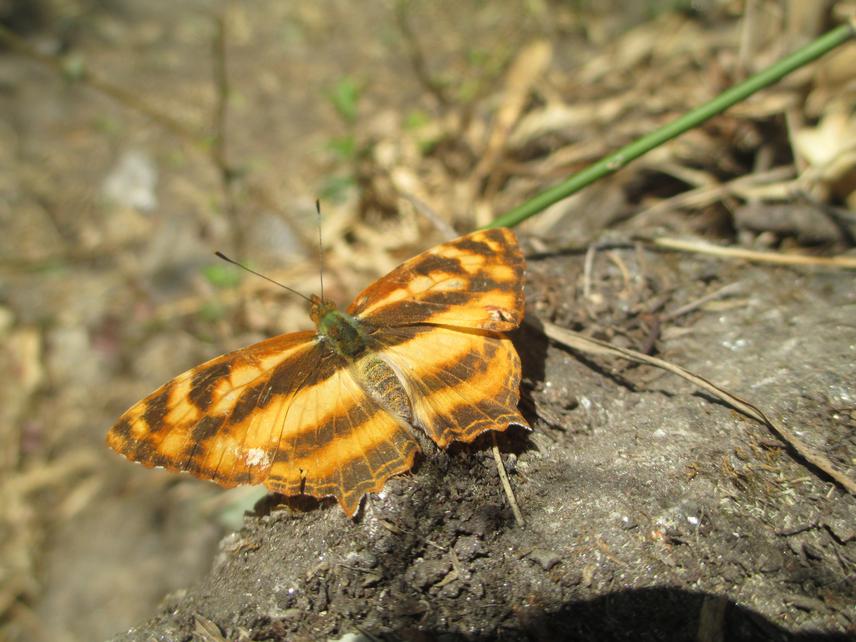Ranjit Pandey
Aims of my study are to investigate altitudinal butterfly species diversity and biology; and to improve locals’ awareness on butterfly and climate change.

Scientific studies regarding species’ response to climate change are lacking in the Himalaya. Conservation works in the Himalaya focus only on large charismatic carnivores and are fairly well documented, whereas knowledge on invertebrates is very limited. Butterflies are considered indicator species of ecological change. A baseline from which to measure future ecological changes in the Himalaya is essential, yet lacking. Thus this project addresses a critical information gap. Further, butterflies have a high aesthetic value to the public and long term research is possible through the willingness of people to get involved in citizen science projects. However, local communities lack a broad understanding of climate change and ecological and social impacts of climate change. Thus, it is critical to raise awareness, educate, and train local communities, especially given recent climate changes that have strongly impacted communities from Himalaya region.
This project focuses on little studied butterflies as indicator species of climate change in Himalaya. Two components are developed under this overarching theme:
(1) a basic science component
(2) a social component
Under component 1, I will investigate altitudinal butterfly species diversity and biology. Under component 2, I will improve locals’ awareness about butterfly diversity and climate change through written and verbal communication and will establish long term ecological research by involving locals in butterfly conservation initiatives and monitoring.
To fulfill the goals of the first component (Basic science component), I will conduct butterfly survey and microhabitat analysis. For butterfly survey, three sites will be selected, spaced 1 kilometer apart, within an altitudinal gradient of 3,000 to 4,000 m. I will conduct standard transect surveys, all butterflies seen within 2 m on either side of a transect will be captured, identified, and described. For microhabitat analysis, I will use probes to record temperature and humidity and will measure slope and aspect for each quadrat at different altitudes.
To fulfil the aims of the second component (Social component), training on survey and monitoring of butterflies will be provided to the representatives from local conservation committees. Awareness programs will be conducted in local schools and communities. This includes awareness on climate change and butterfly conservation. Drawing and essay competitions will also be held in the same schools. Public information materials, illustrated butterfly checklist, brochures and pamphlets, will also be published and distributed.